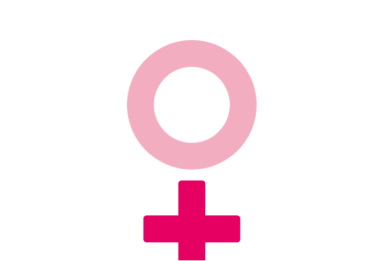Menstruation Support

It’s the regular, monthly shedding of blood and tissue through the vagina. It is normal and healthy and happens to every woman and girl, all over the world!
It shouldn’t make you feel unclean or ashamed In fact it means your body is working normally!
Menstruation can start as early as 9 years old Or as late as 16,It works in a cycle. Once a month, an egg is released from your ovaries and travels down to your womb. At the same time, a soft and spongy lining begins to form in your womb to nourish a baby if you become pregnant. However, if you’re not pregnant, the lining is not needed and it will flow out of the vagina and look like blood each month. This may continue for up to a week.Your cycle is from the first day of your period (when you start bleeding) to the day before your next period starts and can be 21-35 days long.
Before menstruating ,you may notice changes in your mood or energy levels. And during it, you might experience cramping, bloating, painful or enlarged breasts, headaches, or feel tired. Discomfort and bleeding are different for each woman.
Use something to absorb the blood and change them regularly to avoid infection.
A warm bath, warm towel on your belly, or basic painkilling medicine can help if you have pain while bleeding, Different kinds of contraception can affect your period’s timing or how much you bleed. Some methods make the lining in the womb thinner, meaning there is less to come out. This means your monthly bleeding may decrease or stop after you start using contraception However, don’t worry – this doesn’t mean you’re pregnant or that blood is building up inside you. When you stop using contraception, your bleeding will return to normal.
Menstrual disorders
Are problems that affect a woman’s normal menstrual cycle. They include painful cramps during menstruation, abnormally heavy bleeding, or not having any bleeding. Menstruation occurs during the years between puberty and menopause. (Amenorrhea, dysmenorrhea, and abnormal uterine bleeding in non-pregnant clients in reproductive age)









